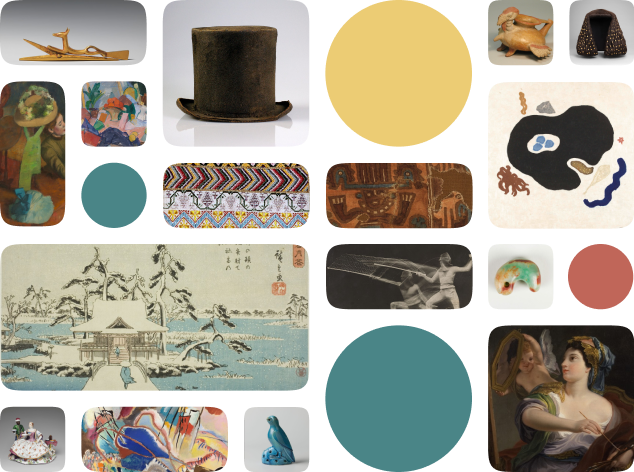Portrait of a Man Wearing an Ivy Wreath
Creator Name
Cultural Context
Date
Source
About the Work
This young man’s large, liquid eyes, chiseled features, and gold-crowned curls greet the viewer with a startling immediacy. He seems alive, even contemporary. Yet this image is actually a funeral portrait. Called Fayum portraits, after the modern region in Egypt where they were found, they are from the Roman period in the first century CE.
To create the startlingly life-like effect, artists used encaustic, or pigmented wax on wood, to painstakingly shade and tint the faces. Some include gilding, or work with gold leaf, a sign of wealth. This portrait has an unusual amount of gilding in the background and on the wreath on the man’s head, indicating high status.
When European and American scholars first studied these portraits in the late 1800s and early 1900s, the images defied categorization: Were they Egyptian or Greco-Roman? Today, however, art historians view the images as a unique composite genre emerging from contact between these two ancient Mediterranean cultures.
Work details
Title
Creator
Worktype
Cultural Context
Material
Dimensions
Technique
Language
Date
Provenance
Style Period
Rights
Inscription
Location
Source
Subjects
Topic
Curationist Contributors
Related Content
All Works in Curationist’s archives can be reproduced and used freely. How to attribute this Work:
Help us improve this content!
Save this work.
